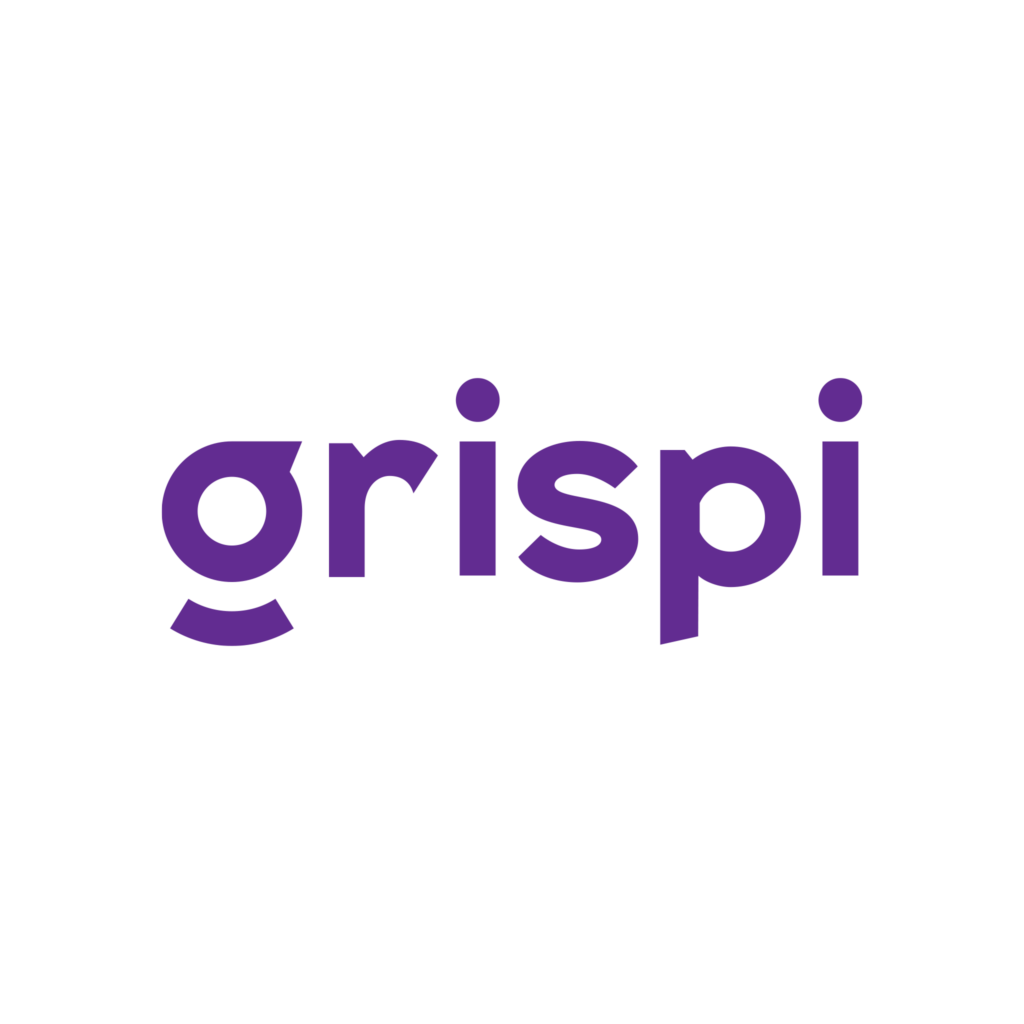What Is the Difference Between Chatbots and Conversational AI?
- August 31, 2024
-
Asude Sena Örentaş
In today’s digital world, chatbots and conversational AI play a key role in improving customer engagement and service. While both technologies aim to facilitate communication between businesses and users, they differ significantly in complexity, capabilities, and use cases.
In this article, we’ll explore the key differences between chatbots and conversational AI, along with examples and business use cases.
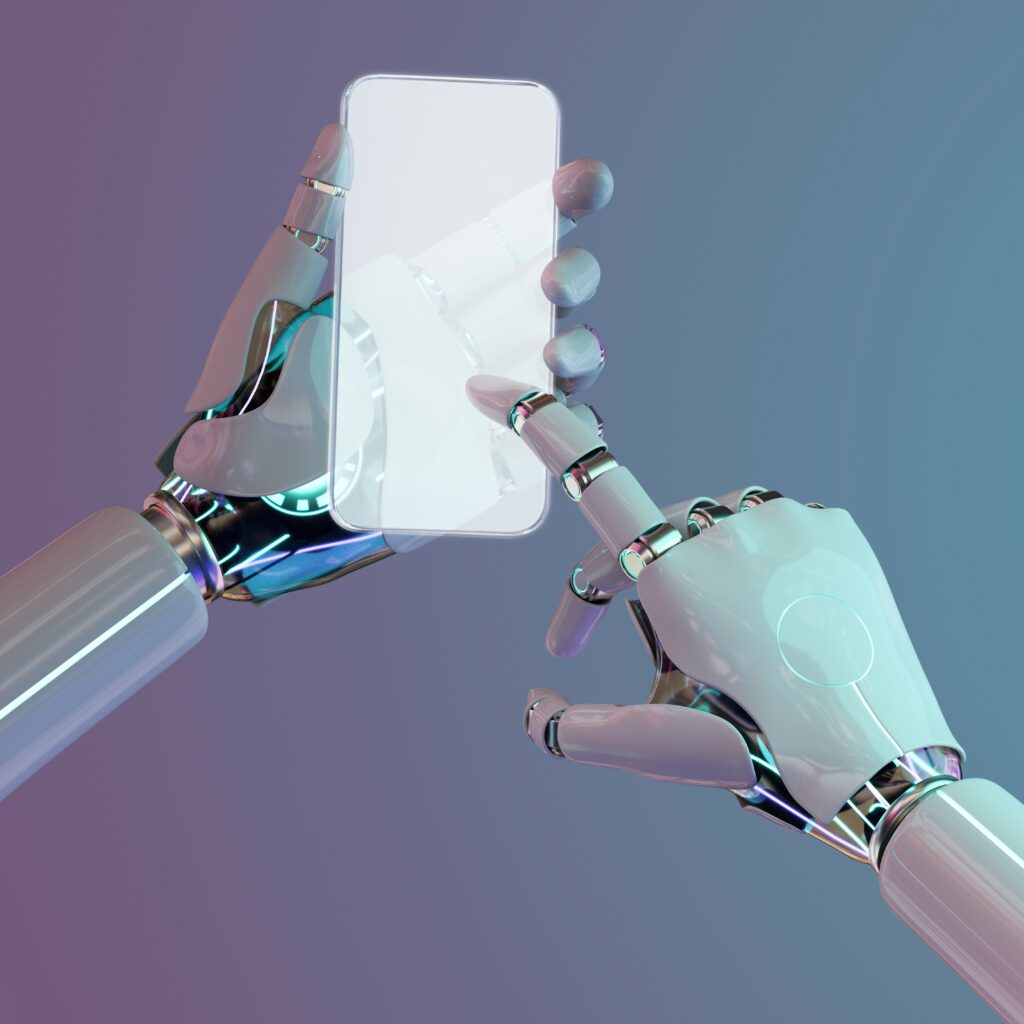
What Is a Chatbot?
A chatbot is a software application designed to simulate human conversation based on predefined rules, keywords, or commands. Chatbots are typically used to automate simple, repetitive tasks and respond to frequently asked questions.
They usually lack deep language understanding and cannot handle complex queries. For example, a customer service chatbot can help with checking order status, booking appointments, or answering basic questions.
Common Use Cases for Chatbots:
- E-commerce: Product suggestions, cart reminders, payment assistance
- Banking: Balance inquiries, money transfers, bill payment reminders
- Healthcare: Appointment scheduling, general health FAQs
- Education: Class reminders, homework support, exam date notifications
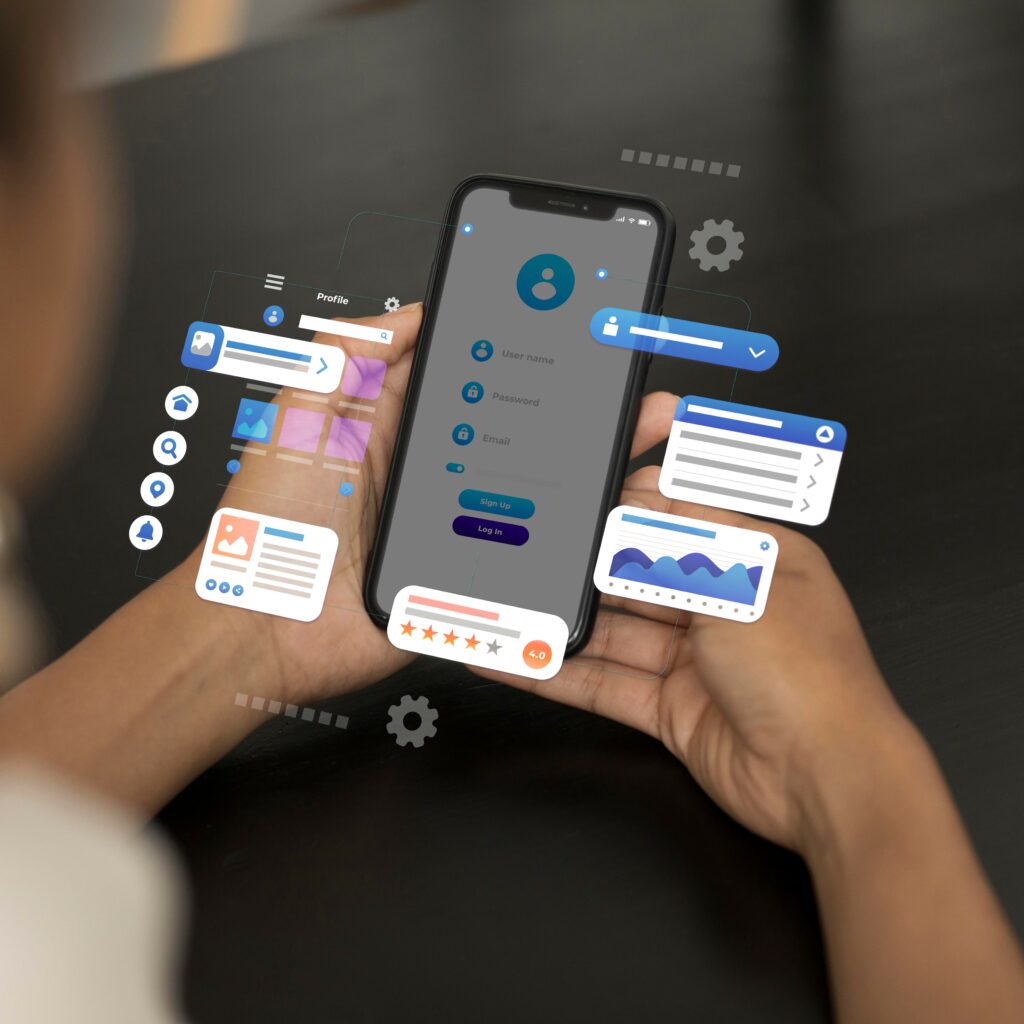
What Is Conversational AI?
Conversational AI is an advanced form of chatbot powered by artificial intelligence, machine learning, and natural language processing (NLP). Unlike basic chatbots, conversational AI can understand user intent, emotion, and context, enabling dynamic and natural interactions.
It is capable of handling more complex tasks, making personalized recommendations, and learning over time to improve its responses.
Common Use Cases for Conversational AI:
- Customer Service: Resolving complex inquiries, offering personalized support
- Sales: Product promotions, qualification of leads, custom recommendations
- Marketing: Campaign automation, feedback analysis, targeting personalization
- Healthcare: Patient engagement, medical advice, prescription reminders
Key Differences Between Chatbots and Conversational AI
Chatbots and conversational AI differ in several key areas:
Language Understanding: Chatbots rely on detecting specific keywords and commands to function. They have limited ability to interpret user intent. In contrast, conversational AI can understand natural language and context, making interactions more intuitive and meaningful.
Flexibility: Chatbots follow predefined rules and respond in a fixed manner. They can’t deviate from scripted flows. On the other hand, conversational AI is context-aware and adaptable, allowing for more dynamic and flexible conversations.
Task Complexity: Chatbots are best suited for handling simple and repetitive tasks, such as answering FAQs or checking order statuses. Conversational AI, however, can manage more complex interactions, such as troubleshooting customer issues or guiding users through multi-step processes.
Learning Ability: Once a chatbot is programmed, it doesn’t evolve unless manually updated. In contrast, conversational AI improves over time by learning from user interactions using machine learning techniques.
Technology Stack: Chatbots typically use rule-based programming, whereas conversational AI incorporates advanced technologies like artificial intelligence, natural language processing (NLP), and machine learning algorithms.
Interaction Quality: The interaction with a chatbot often feels robotic and limited in scope. Conversational AI offers more human-like and fluid communication, leading to a better user experience.
Technological Requirements
For Chatbots:
- Basic rule-based programming
- Integration with messaging platforms or websites
- A predefined FAQ database
For Conversational AI:
- Advanced AI and NLP algorithms
- Deep learning and machine learning infrastructure
- High-performance, cloud-based data processing
Meet Grispi's AI-Powered Chatbot
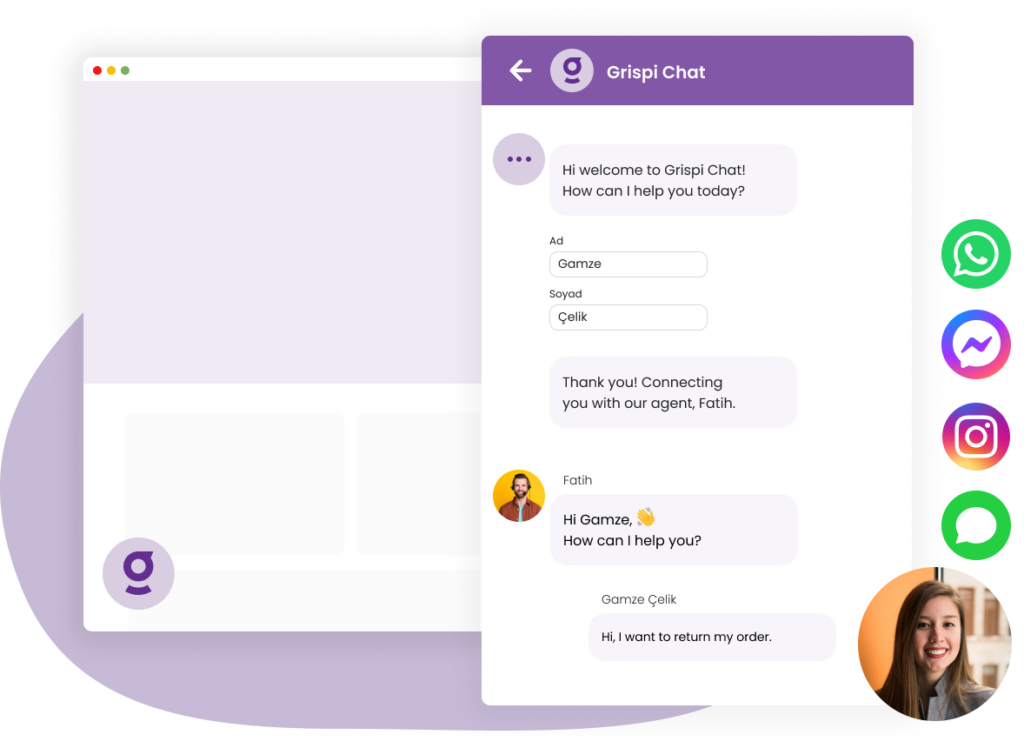
Grispi’s chatbot leverages natural language processing to understand customer queries and respond instantly. It helps reduce the workload of customer service teams by automating frequently asked questions and integrates seamlessly with CRM systems to manage customer data efficiently.
👉 Click here for detailed information about Grispi Chatbot
Real-World Examples of Chatbots and Conversational AI
H&M – Fashion Retail
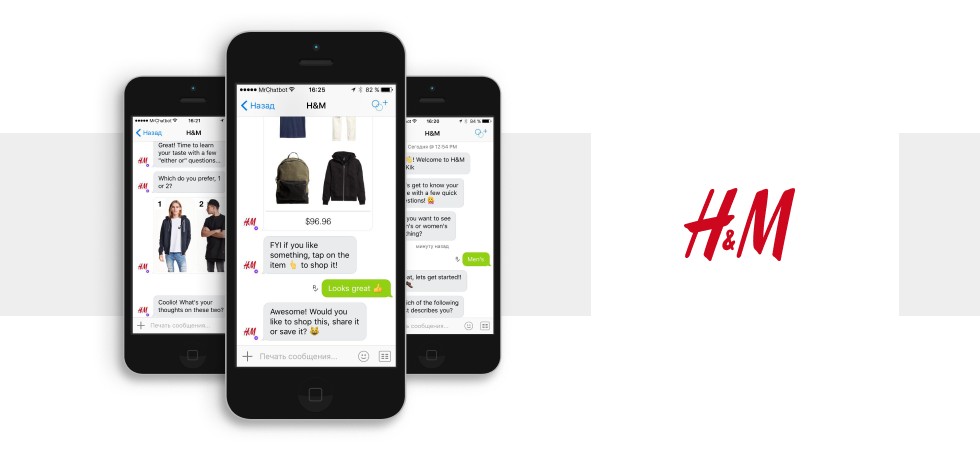
Uses a chatbot to recommend outfits and streamline the shopping experience.
Domino’s Pizza – Food Delivery
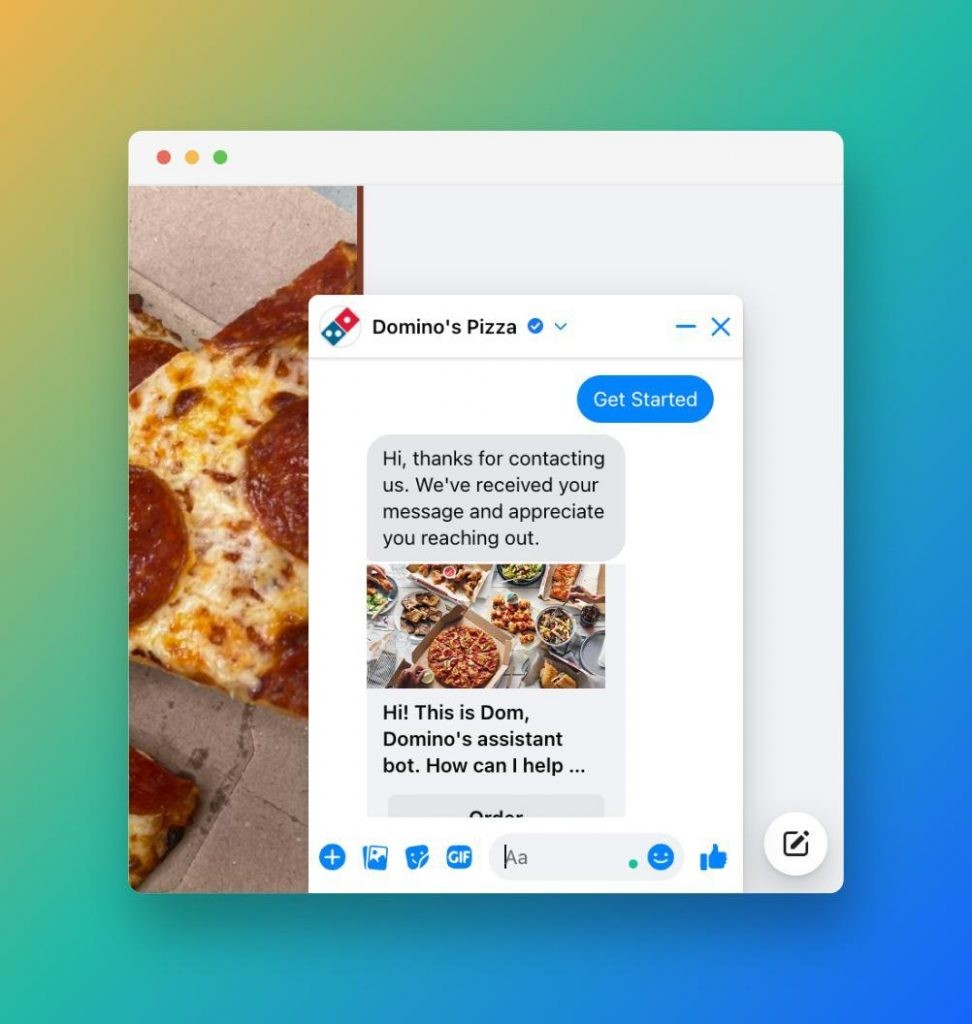
Implements a chatbot for quick order placement and real-time order tracking.
Sephora – Beauty

Uses Conversational AI to offer personalized skincare and makeup advice based on customer preferences.
American Express – Finance
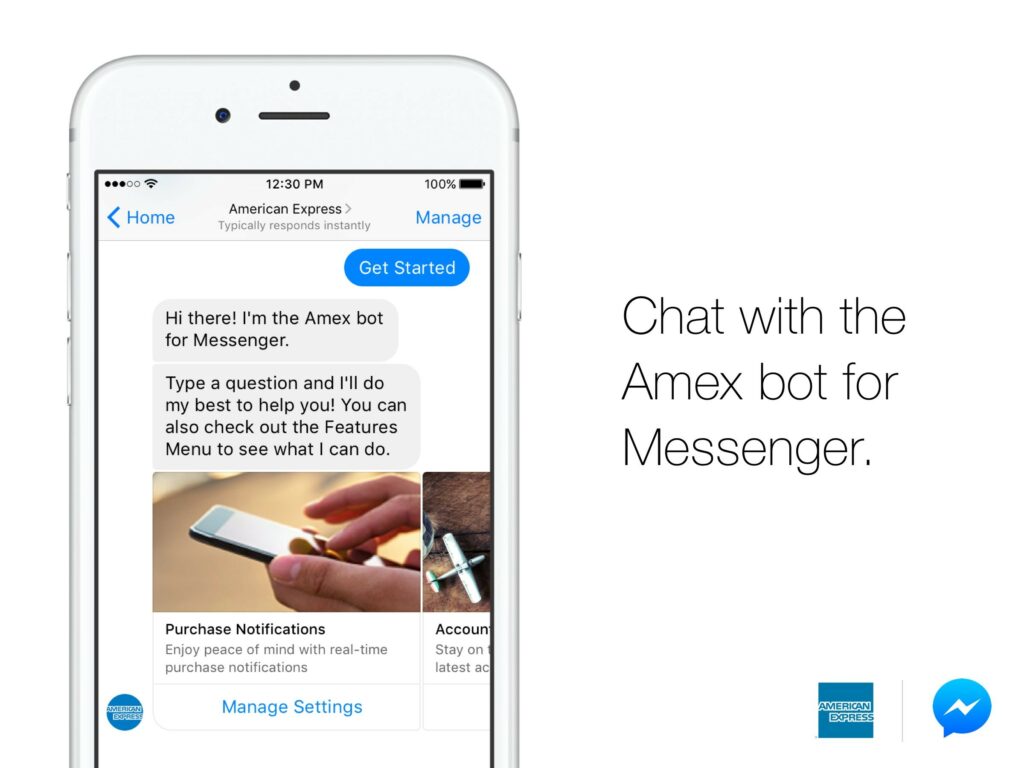
Utilizes Conversational AI to answer financial questions, manage accounts, and offer personalized financial tips.
While both chatbots and conversational AI enhance digital interaction, they serve different purposes:
- Chatbots are ideal for handling routine, straightforward tasks.
- Conversational AI is designed for more advanced, personalized, and meaningful interactions.
By implementing the right technology based on business needs, companies can enhance the customer experience, boost operational efficiency, and accelerate their digital transformation.
Contact us
Fill out the form for detailed information and demo account, let us call you.
